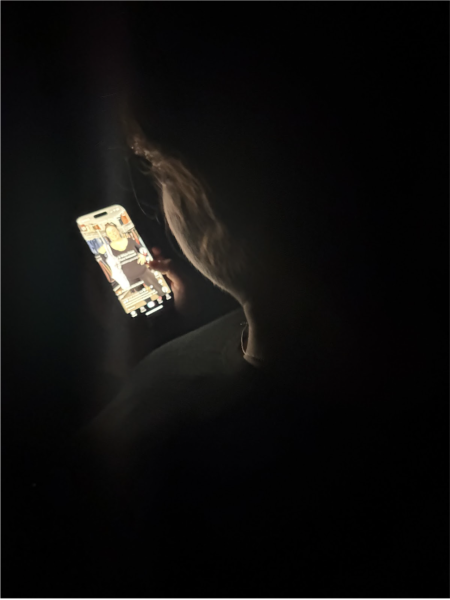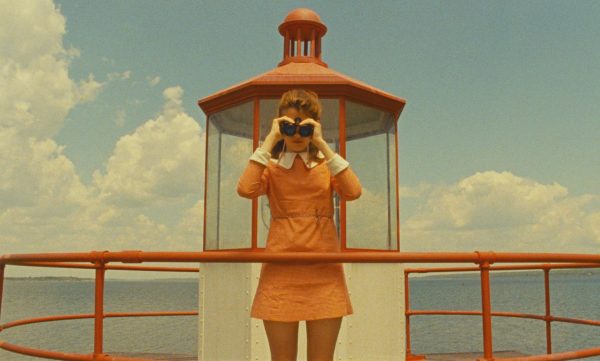The modern world’s love of science fiction
Eighty years ago, color television had it debut. Fifty years ago, Neil Armstrong took a small step into a bright and strange new world. Forty years ago, Luke and Leia met for the first time. Twenty years ago, pocket-sized computers were fictional. Today, however, the boundaries between science fiction and science fact are daily being broken, with such commonplace devices as iPhones, or the scientific monuments like the Hubble Telescope. As these earthly technological boundaries have been broken, science fiction stories set beyond our planet, making use of yet more outlandish technologies, have become a fixture in popular culture, and people all over the world have pushed the boundaries of science unceasingly from fiction into fact.
Earth’s neighbor, Mars, has always been a source of fascination and wonder to the engines of science fiction. In 1965, the National Aeronautics and Space Administration (NASA) conducted a flyby, and in 2015, after extensive examination of the surface by the rovers Spirit, Opportunity and Curiosity, NASA announced the discovery of briny water on the surface.
In 2011, longtime space fan Andy Weir marooned the fictional astronaut/botanist Mark Watney on Mars alone for more than a year. The book received hugely positive reviews, with extreme emphasis on the scientific validity of the story. “When I was reading the books, I felt very emotionally invested,” said Ms. Kimberly Barnes, a math teacher at the school. “There were times where it literally brought tears to my eyes, and other times when I found myself laughing out loud. The movie didn’t necessarily hit all the emotional aspects.” In 2015, Mark Watney’s struggle for survival reached the big screen, and Weir’s book continued to reach new audiences. Starring Matt Damon, Kristen Wiig, Jessica Chastain and Jeff Daniels, the film grossed 54 million dollars on its opening weekend and received seven Oscar nominations.
Beyond Mars, beyond Earth’s solar system, even beyond our galaxy, there lie unexplored universes. To reach them requires stretching of science as it is known today. In 2014’s Interstellar, humankind reached beyond Mars, to a fictional wormhole neighboring Saturn and stepped through with Matthew McConaughey. In the world this movie creates, no crops can survive due to a mysterious reason, and the human race is facing extinction. Due to this, farmers are lauded and the moon landings are labeled devious fakes designed to bankrupt the USSR during the Cold War. A team of scientists is recruited to venture beyond and through a wormhole to a distant corner of the galaxy to start a colony and hopefully save the human race. “Interstellar deals with the whole possibility of higher dimensions,” said Ms. Barnes. “But it’s only a theory right now.” The film reached a huge audience and earned five Oscar nominations, with one win in Best Visual Effects of 2015.
In 1977, during the heyday of the NASA Apollo moon landings, George Lucas transcended the Milky Way with Star Wars, an epic science fiction drama set “a long time ago, in a galaxy far away.” However, six films did not sate the public appetite for the antics of the Skywalker family, and in late 2015, Star Wars: The Force Awakens was released, garnering rave reviews from new and old fans alike, and breaking box office records set by Jurassic Park some 20 years previous. “I think The Force Awakens was basically a remade Episode IV, but with better special effects,” junior Foster Gray said. “I really liked that they paid homage to the originals.”
As humans continue to innovate and create and explore beyond the boundaries of what science can tell us today, the boundaries of science fiction will continue to grow and change. “Star Wars, Star Trek, all of those things just make you want something close to that, like you want that science fiction world to be real,” said Gray. “It inspires people to drive to the edge of what we can do as people.” One day, all that is fiction today may become fact, and we may meet a Wookie somewhere, in a galaxy far, far away.










